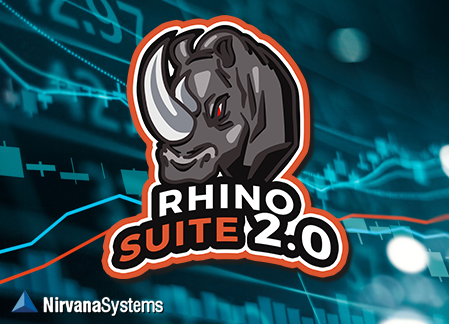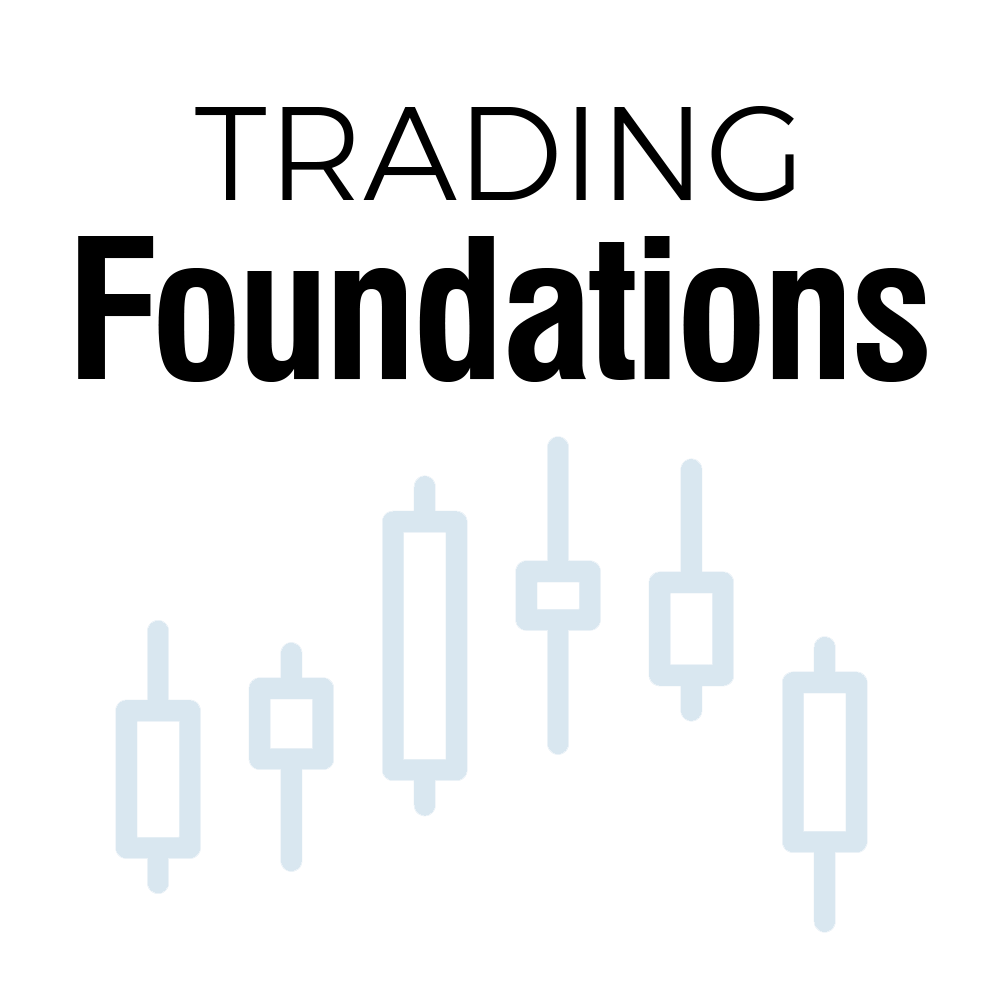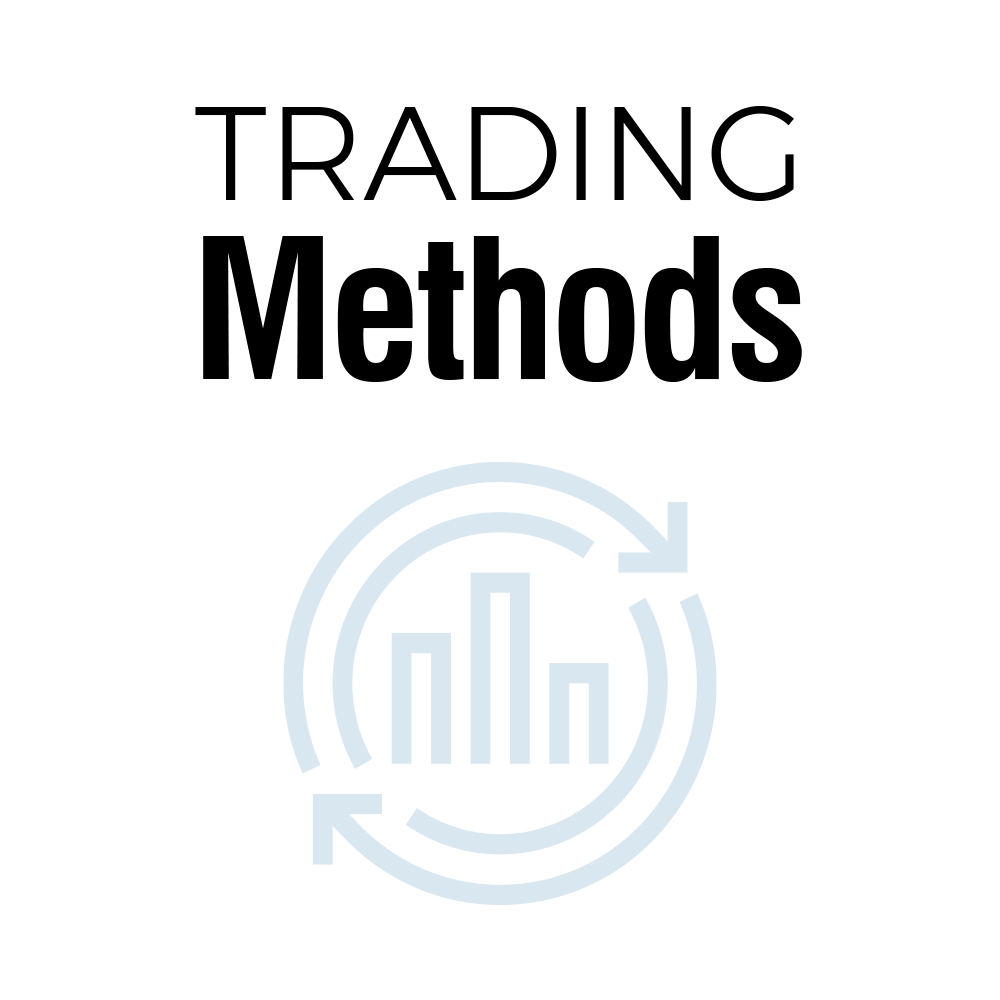Stock benchmarks were mostly lower Friday as rising COVID-19 cases raised doubts about the prospects for the economic recovery, offset partly by progress toward vaccines.
The Treasury Department’s decision to allow emergency Federal Reserve programs to expire was seen as a modest negative for markets, analysts said.
What are major benchmarks doing?
- The Dow Jones Industrial Average DJIA was down143 points, or 0.5%, near 29,340 .
- The S&P 500 SPX lost 9 points, 0.3%, to trade near 3,573.
- The Nasdaq Composite Index COMP gained 14 points, 0.1%, and was near 11,919 .
Stocks eked out gains in a choppy trading session on Thursday. For the week:
- The Dow was on track for a 0.5% loss.
- The S&P 500 was down 0.4%.
- The Nasdaq was headed for a 0.8% gain.
- The small-cap Russell 2000 index
RUT,
-0.02%
was aiming for a 2.3% rise.
What’s driving the market?
After a week in which stock investors reverted to old trends of buying large-capitalization, technology-related stocks on the back of fresh coronavirus restrictions, the market, on Friday, cued in on an apparent rift between the Treasury Department and the Federal Reserve as another possible source of friction.
Late Thursday, Treasury Secretary Steven Mnuchin said he wouldn’t approve the extension of several emergency loan programs set up with the Fed during the worst days of the financial turmoil created by the pandemic earlier this year.
The Fed responded that it “would prefer that the full suite of emergency facilities established during the coronavirus pandemic continue to serve their important role as a backstop for our still-strained and vulnerable economy.”
On Friday, Mnuchin, during an interview on CNBC, said that the intent in pulling the plug on funding was to re-appropriate the funds to stimulus efforts and played down the apparent rift.
“This is not a political issue. this is very simple, let’s go reappropriate $500 billion,” Mnuchin said. He added, “markets should be very comfortable that we have plenty of capacity left,” indicating that there are $750 billon of funds to help the markets should problems arise again.
Mnuchin said that he is legally obliged to return the unused funds to Congress and urged it to be used as at least part of package to help small businesses and workers.
During a separate interview on CNBC Friday, Chicago Federal Reserve President Charles Evans described Treasury ending the Fed’s emergency lending funding as “disappointing.”
“Our facilities have been very helpful—they perform a backstop role for when markets find themselves in a more challenging situation,” Evans told CNBC.
Treasury’s step has the effect of making markets “jittery,” said Andrew Smith, chief investment strategist at Dallas-based Delos Capital Advisors.
A familiar trifecta of headwinds is still facing the market, Smith said in an interview: election uncertainty, questions about fiscal aid, and logistics for rolling out a vaccine.
“Markets are trading rangebound so the second that we get clarity on one of those, that will allow tailwinds to move the market upwards,” Smith said. As a result, Smith is looking for stronger growth, with a sharp cyclical rotation, and probably more inflation than many investors are expecting, early next year.
Need to Know: What’s next for markets after Treasury Secretary Steven Mnuchin pulls the $455 billion plug
In a research note, Gregory Daco, chief U.S. economist at Oxford Economics, said the Fed’s emergency lending facilities “have been little-used, but their existence has been key in ensuring a credible safeguard against financial market stress.”
Read: S&P 500 can reach 4,500 by the end of 2021, predicts JPMorgan analysts
“With the Covid-19 crisis worsening and activity slowing in the absence of fiscal aid, the decision to curtail the Fed’s firepower could unsettle markets and exacerbate economic stress,” he said.
Meanwhile, trading over the week has been uneven as investors weighed optimism over progress toward COVID-19 vaccines against a continued surge in new infections.
“The strains from COVID are hitting medical systems in the Midwest and it is almost certain that mobility is down and will likely remain that through the holiday shopping season,” said Boris Schlossberg, managing director at BK Asset Management, in a note.
“That will be positive for digital retailers but may be the death knell for many small to medium-size brick and mortar stores and will likely create further contractionary ripples in the economy in Q4,” he said.
Markets thus far have been buoyed, however, as drugmakers make rapid progress toward a vaccine, he said.
Pfizer Inc.
PFE,
+1.34%
on Friday said it would file Friday for approval from U.S. regulators for emergency use of the vaccine it’s developed with BioNTech SE
BNTX,
+9.70%
that has proven 95% effective in a clinical trial. Moderna Inc.
MRNA,
+5.40%
earlier this week said its vaccine candidate was more than 94% effective.
Which companies are in focus?
- Shares of Gilead Sciences Inc.
GILD,
-1.01%
fell 0.8% after a World Health Organization panel recommended against doctors using the drug remdesivir to treat coronavirus patients. - Shares of Workday Inc.
WDAY,
-7.70%
were down 7.6% after the cloud-software company delivered strong revenue and continued earnings growth in its third-quarter results. - Shares of software-security company McAfee Inc.
MCFE,
-3.59%
lost nearly 5% after it reported a break-even third quarter on sales of $728 million, delivering its first results since returning to public markets last month. Shares were trading 3% lower. - Foot Locker Inc.
FL,
-5.27%
shares were more than 5% lower after the athletic shoe and accessories seller reported a surprise increase in same-store sales and profit that rose well above expectations. - Shares of Nike Inc.
NKE,
+0.69%,
after the athletic apparel and accessories company said it was raising its quarterly dividend by 12%. Shares were up 1%. - Butterfly Network Inc. said Friday it had agreed to merge with special purpose acquisition corporation Longview Acquisition Corp.
LGVW,
+21.09%
in a deal with an enterprise value of $1.5 billion. Longview shares gained 22.3%. - Shares of Sotera Health Co.
SHC,
+9.17%
traded more than 10% higher, the day after its IPO.
How are other markets faring?
Europe markets
- The pan-European Stoxx 600 index
SXXP,
+0.51%
closed up 0.5% and added 1.2% for the week; and the U.K.’s FTSE 100 index
UKX,
+0.27%
rose 0.3% on the day and booked a 0.6% weekly rise.
Asian markets
- In China, the Shanghai Composite Index
SHCOMP,
+0.43%
booked a 0.4% gain and advanced 2% for the week, while the CSI 300
000300,
+0.31%
finished the session 0.3% higher and climbed 1.8% on the week. - Japan’s Nikkei 225
NIK,
-0.41%
ended with a 0.4% loss but marked a 0.6% weekly gain.
Other assets:
- The yield on the 10-year Treasury note
TMUBMUSD10Y,
0.831%
was down almost 1 basis point to 0.828%. Yields and prices move in opposite directions. - Crude-oil futures
CL.1,
+1.03%
gained 1% to trade at $42.17 a barrel. - Gold futures
GCZ20,
+0.58%
rose 0.6%, to reach $1,873 an ounce.
Read next: American households could lose $226 billion. It might be up to Wall Street to get Washington to act











































